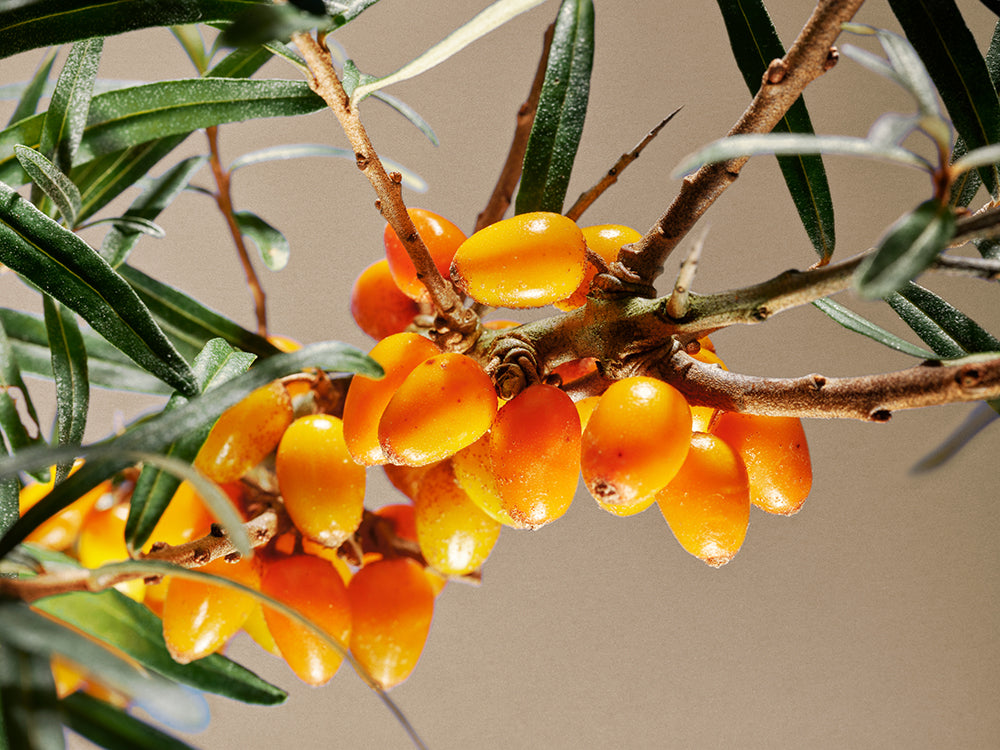Propolis
Bees Make These
Bees Make These
Bees Make These
15K
Trips/ day
20
Flowers
4
Million flowers
1/2
Tsp of honey
15K
Trips/ day
20
Flowers
4
Million flowers
1/2
Tsp of honey
15K
Trips/ day
Title
20
Flowers
Title
4
Million flowers
Title
1/2
Tsp of honey
Powerful Propolis

What makes honey unique?

Powerful Propolis

What makes honey unique?

Powerful Propolis


What makes honey unique?
Better Plants
Better Ingredients


Better Plants
Better Ingredients


Better Plants
Better Ingredients



